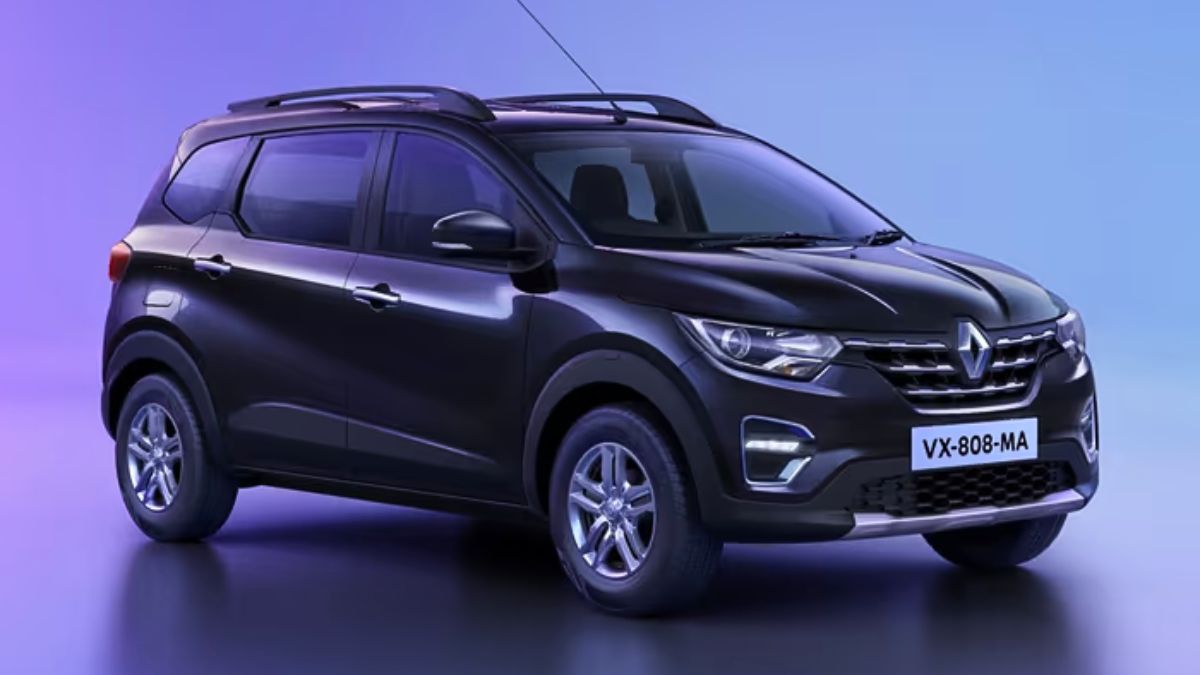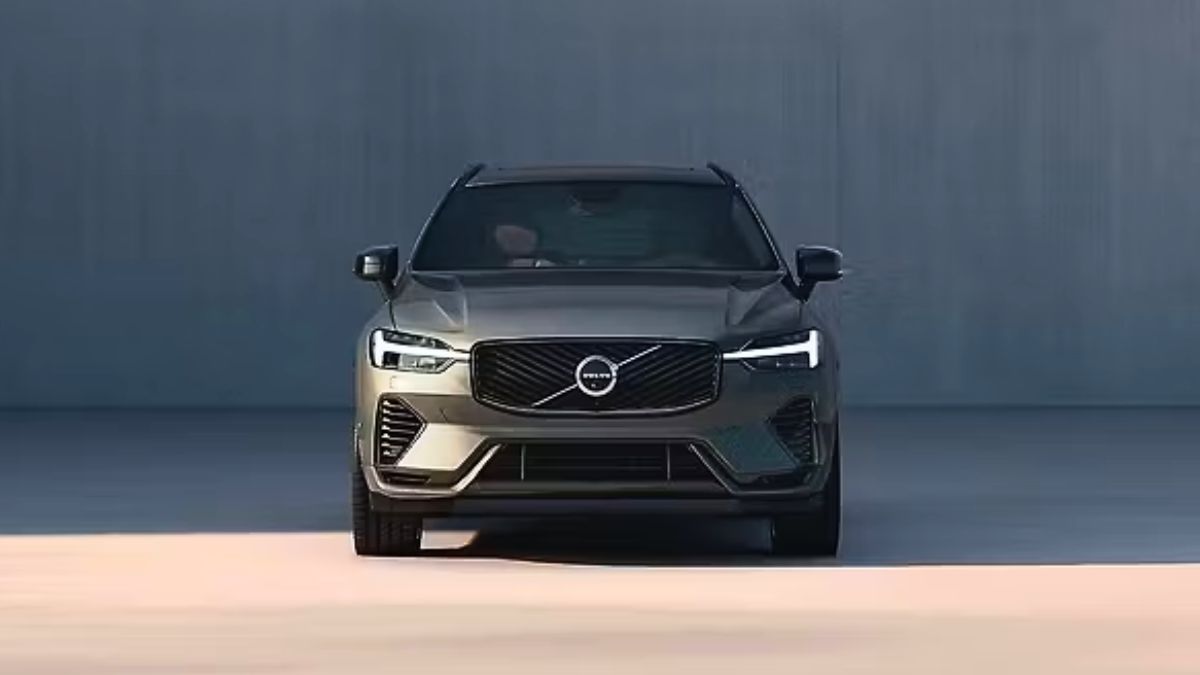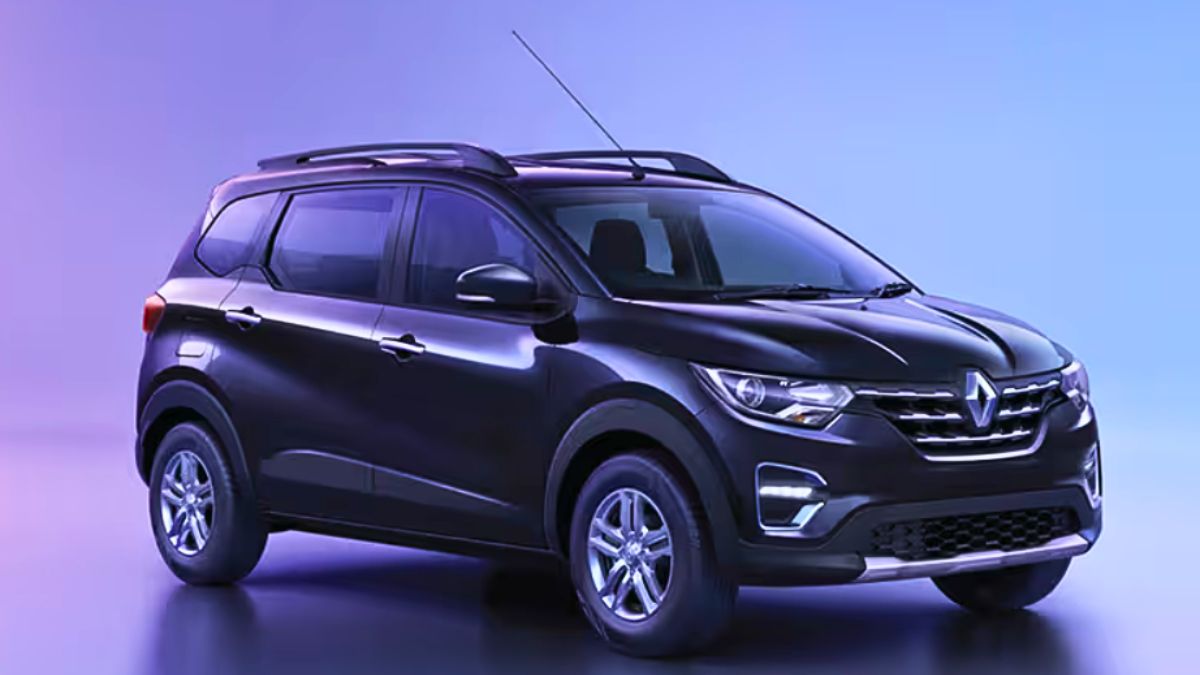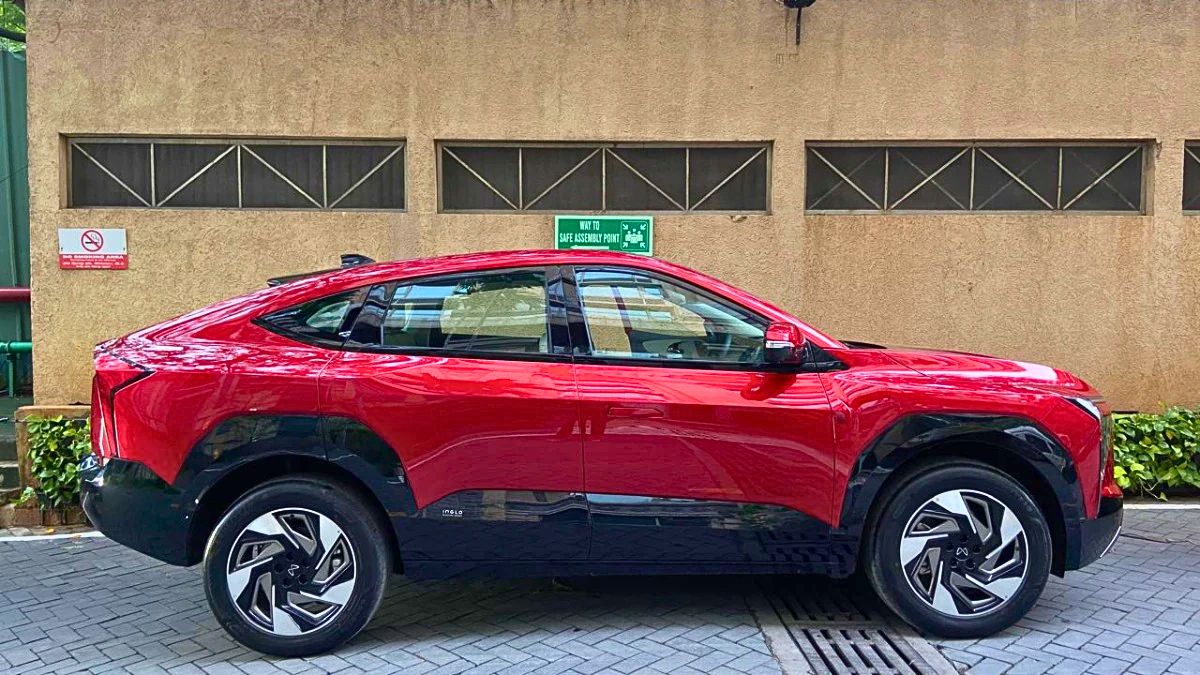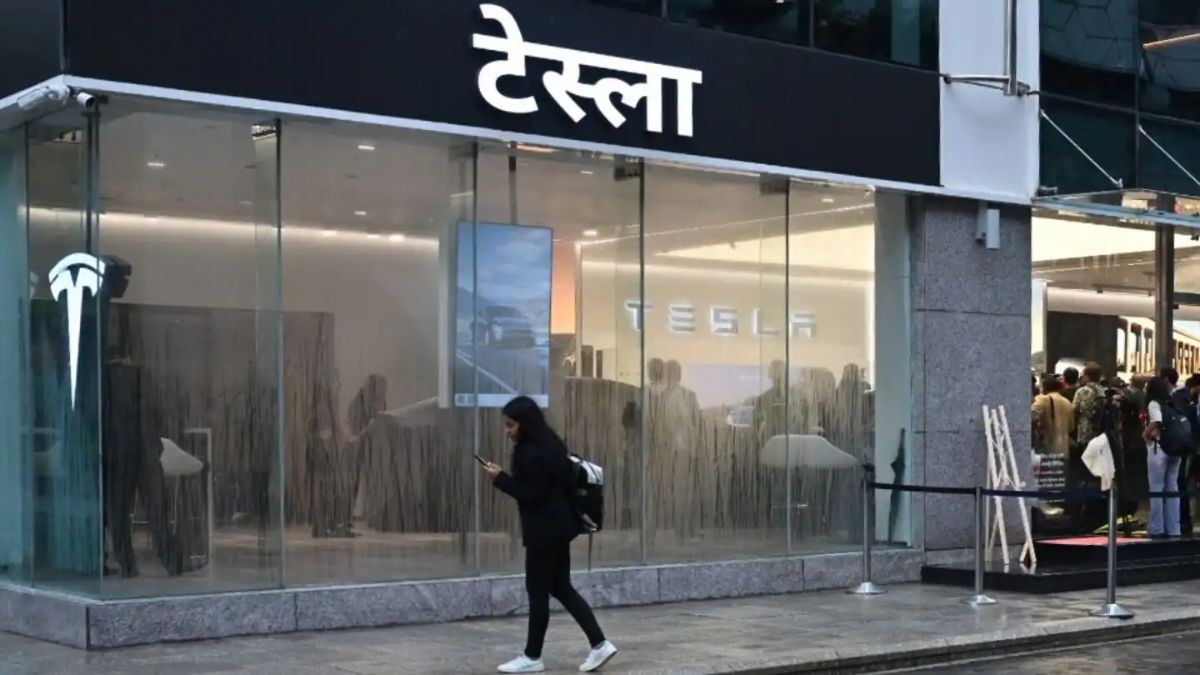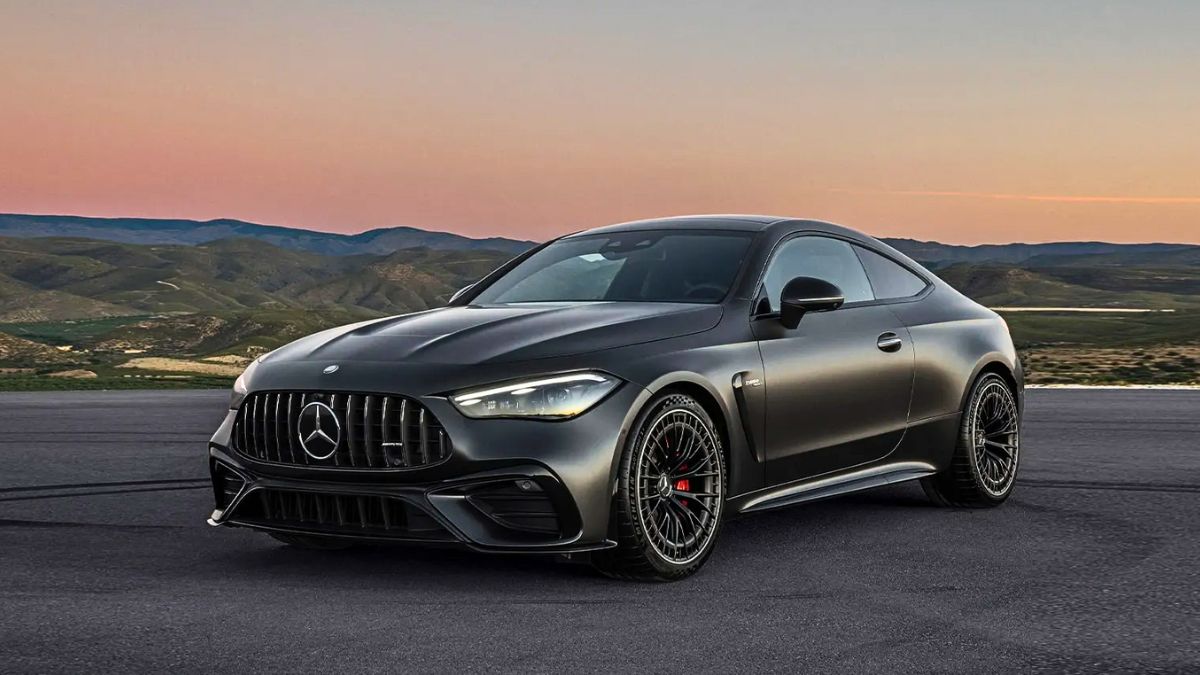After being spotted on test runs multiple times, the facelifted Renault Triber has finally had its front-end design uncovered, giving us our clearest look yet at what’s new. While the Triber remains one of the few sub-4-metre MPVs offering a seven-seat layout in India, this mid-cycle refresh brings its first major overhaul since the model debuted in 2019.
Here’s everything we know so far about the updated Triber and what it means for prospective buyers.
Table of Contents
Exterior
The latest spy shots reveal a redesigned front end that features smoother, more rounded design elements compared to the sharper styling often seen on similar Nissan models. The headlamp units have also received a minor update, though they retain their basic shape.
The most prominent visual tweak is the all-new front grille. It now wears a refreshed pattern and styling that clearly sets it apart from the outgoing version, confirming this is indeed the facelifted model. While the rear hasn’t been fully revealed yet, expect corresponding updates to the bumper and taillamp cluster to match the new front styling.
Interior
Though not officially unveiled, updates to the dashboard and centre console are expected. Renault may introduce a revised infotainment system, improved materials, and new seat fabric to keep things fresh.
One confirmed change is the addition of a headrest to the middle seat in the third row, improving comfort and safety. The Triber’s seven-seat layout will remain a key highlight, continuing to offer flexibility that’s unmatched in this price bracket.
Engine
Mechanically, the facelifted Triber will remain unchanged. It will continue to be powered by the same 1.0-litre, three-cylinder, naturally aspirated petrol engine that produces 71 bhp and 96 Nm of torque. This engine will be offered with two transmission choices—a five-speed manual and a five-speed AMT (automated manual transmission).
Renault also launched a CNG variant earlier this year, and that option is expected to continue with the facelift as well, offering better efficiency for budget-conscious buyers.
Positioning
The Triber has always sat in a unique space—offering MPV-like flexibility at the price of a premium hatchback. In fact, it’s priced close to models like the Maruti Swift, Hyundai i20, Tata Tigor, and Maruti Dzire. Despite its compact footprint, it stands out with its usable third row, making it a strong option for larger families or buyers looking for space on a budget.
As Indian car buyers increasingly prefer larger, more practical vehicles, this facelift could help keep the Triber relevant. It addresses some of the visual fatigue while keeping the MPV’s core strengths intact.
Summary Table
| Feature | Update/Status |
|---|---|
| Front grille | Redesigned with a new pattern |
| Headlamps | Slightly revised layout |
| Rear design | Expected to be updated |
| Dashboard and console | Likely to be refreshed |
| Third-row headrest | Now available for middle seat |
| Engine | 1.0L petrol, unchanged |
| Transmission options | 5-speed manual, 5-speed AMT |
| CNG variant | To continue with facelift |
| Seating configuration | 7-seater remains |
The facelift may not bring any mechanical surprises, but it sharpens the Triber’s appeal in a highly competitive segment. With its refreshed look and functional cabin layout, the updated Triber continues to offer a rare blend of value, space, and versatility.
FAQs
What’s new in the Triber facelift?
Updated grille, headlamps, and minor interior changes.
Will the Triber still offer 7 seats?
Yes, it retains its seven-seat layout.
Are there engine changes?
No, the engine and transmission remain the same.
Is there a CNG version of the Triber?
Yes, and it will continue in the facelifted model.
When did the Triber first launch?
The Renault Triber launched in India in 2019.
